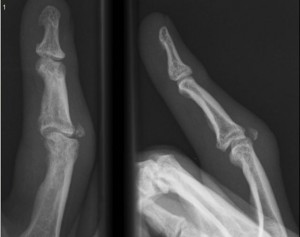I think that it’s at purple belt I noticed the increase in the level of competition. If you think about the people who make purple belt, they have probably been training in the region of 5 to 7 years. Anyone with less dedication is already gone. “Blue Belt Attrition” has taken those who have spent years to attain a level of skill, but then move on to other activities or commitments.
When I first started competing at brown belt, I wasn’t having great results. I think I lost my first six fights. Sometimes by as little as a referees decision at the Pan Ams, sometimes by being submitted in short order in a local competition. The pinnacle of my brown belt career was getting to the final of Pan Pacific Championships. I didn’t win that day, but it felt like it was reward for effort.
Step forward to my black belt career thus far. A lot of losses on the board, I’m guessing six or seven. No wins. I’m training regularly, and always looking to improve. The results can be disheartening, but to stop trying is to admit defeat. It reminds me of a line in The Arena slogan:
“It is not the critic who counts: not the man who points out how the strong man stumbles or where the doer of deeds could have done better. The credit belongs to the man who is actually in the arena, whose face is marred by dust and sweat and blood, who strives valiantly, who errs and comes up short again and again, because there is no effort without error or shortcoming, but who knows the great enthusiasms, the great devotions, who spends himself for a worthy cause; who, at the best, knows, in the end, the triumph of high achievement, and who, at the worst, if he fails, at least he fails while daring greatly, so that his place shall never be with those cold and timid souls who knew neither victory nor defeat.”
Theodore Roosevelt
“Citizenship in a Republic,”
Speech at the Sorbonne, Paris, April 23, 1910
This past weekend I competed at the Pan Pacific Championships again, this time as a black belt. If I won my first fight, I would then go on to fight a former coach, who is now a key training partner. He has significantly more submissions against me, than I do against him. He also has prior wins against me in competition, whereas I have none against him.
I won my first fight with two advantages, so I was pitted against him in the next bracket. The small advantage I had over the other fights, was I knew his game, as he knew mine. It turned out it was my day. He made a slight mistake, which I was able to capitalise on, and get the submission. I went on to win the final with another submission.
That was two years since I first got my black belt. Two years to my first win in competition as a black belt. I’m proud of my achievement, but the lesson is not about overnight success. The lesson is about persistence, about dedication, about continually working to improve, and the results that will come from that.
Welcome to the long hard road…
